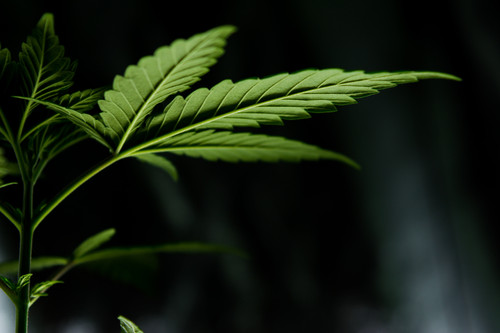CBD, CBG, and The Delta Crew
Posted by Ripkitty on Oct 22nd 2023
Cannabinoids have garnered significant attention for their diverse potential properties. CBD, CBG, and the various Delta cannabinoids - Delta-9, Delta-8, Delta-10, and Delta-11 - are some of the most widely recognized. To appreciate the distinctions between these compounds, we must delve into their genetic compositions.
CBD: Cannabidiol
Cannabidiol, or CBD, is a major non-psychoactive cannabinoid found in the hemp plant. Its genetic structure comprises 21 carbon atoms, 30 hydrogen atoms, and 2 oxygen atoms arranged in a specific configuration. CBD's genetic composition is C21H30O2. This structure contributes to its distinct properties, including its non-psychoactive nature.
CBG: Cannabigerol
Cannabigerol, or CBG, is sometimes referred to as the "mother of all cannabinoids." Its genetic structure is intricately linked to the biosynthesis of other cannabinoids. The molecular composition of CBG consists of 21 carbon atoms, 32 hydrogen atoms, and 2 oxygen atoms, yielding the chemical formula C21H32O2. This structure is the starting point for the synthesis of CBD, THC, and other cannabinoids in the plant.
Delta-9/8/10/11 Tetrahydrocannabinol (THC)
The Delta cannabinoids are a subgroup of THC. Their genetic compositions share similarities but possess slight differences that lead to variations in their psychoactivity. Delta-9-THC, known for its psychoactive effects, is composed of 21 carbon atoms, 30 hydrogen atoms, and 1 oxygen atom (C21H30O). Delta-8-THC, while sharing the same number of carbon and hydrogen atoms, differs in the arrangement of its double bonds, leading to milder psychoactivity.
Delta-10-THC, similar in structure to Delta-8-THC, exhibits a similar molecular composition but with variations in the location of double bonds. Delta-11-THC, the least known of the group, holds the same molecular structure as Delta-9-THC, which explains its psychoactivity.
Wrap Up
Understanding the genetic compositions of cannabinoids like CBD, CBG, and the Delta-9/8/10/11 compounds is pivotal in comprehending their distinct properties and effects. While these compounds share certain structural elements, subtle variations in their genetic makeup lead to the diversity of characteristics, from non-psychoactivity to varying degrees of psychoactivity. This knowledge forms the foundation for further research and exploration of the potential benefits and uses of cannabinoids within the cannabis plant.


